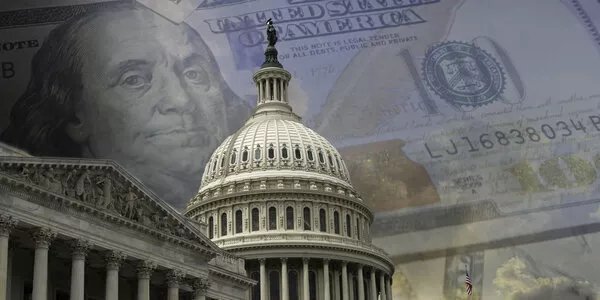
Weekly Update - Resilient economy and stubborn inflation risk further monetary tightening
Business surveys and economic data for the first two months of the year suggest the European and United States economies are holding up well, as services are bouncing back. The same data show strong labour markets putting upward pressure on wages and services inflation. In these circumstances, money markets are starting to price in higher interest rates and a delayed pivot by main Central Banks.
Economy holding up. Economic data for the first two months of the quarter confirm the soft-landing scenario. The composite PMIs for the Euro area and United Kingdom in February are back in expansionary territory, at 52 and 53, respectively. This improvement is mainly due to greater confidence on services, both current and outlook. In manufacturing, the surveys are still pointing to a modest contraction. The United States composite PMI is also back in expansionary territory, similarly, led by improved services.
Strong labour markets and inflation Economic data continue to beat forecasts, wit jobs, and less reassuringly, inflation figures are also running ahead of expectations. The employment components of indices remain expansionary for services and industrial sectors, suggesting companies are stepping up their hiring plans. The same numbers confirm that labour markets remain tight, with unemployment rates at lows and unfilled vacancies still running high. Labour market pressures are continuing to feed inflation, particularly in services, where PMI surveys suggest prices will keep accelerating for the next few months. The only respite comes from goods prices, which look set to continue easing thanks to lower energy prices and ample inventories.
Risk of further monetary tightening At the start of the year money markets were expecting the end of rate hikes in the United States and Europe. But the strength of the economy and employment and stubbornly high services inflation have driven an adjustment in interest rates. This economic scenario could prompt the Fed, ECB and BoE to continue their tightening cycle and keep policy tight for longer. On this point, some central bankers have already said further rate hikes may be needed. Money markets have begun to price in an additional 50 bp of rate hikes compared to a month ago, and no pivot before 2024. Overall, we still see a soft-landing scenario for developed economies with underlying inflation coming back to target only gradually, leading central banks to keep conditions tight throughout 2023.
Finally, in the main events of the week, we have chosen to talk about the Fed minutes and to focus on the results of European companies.





